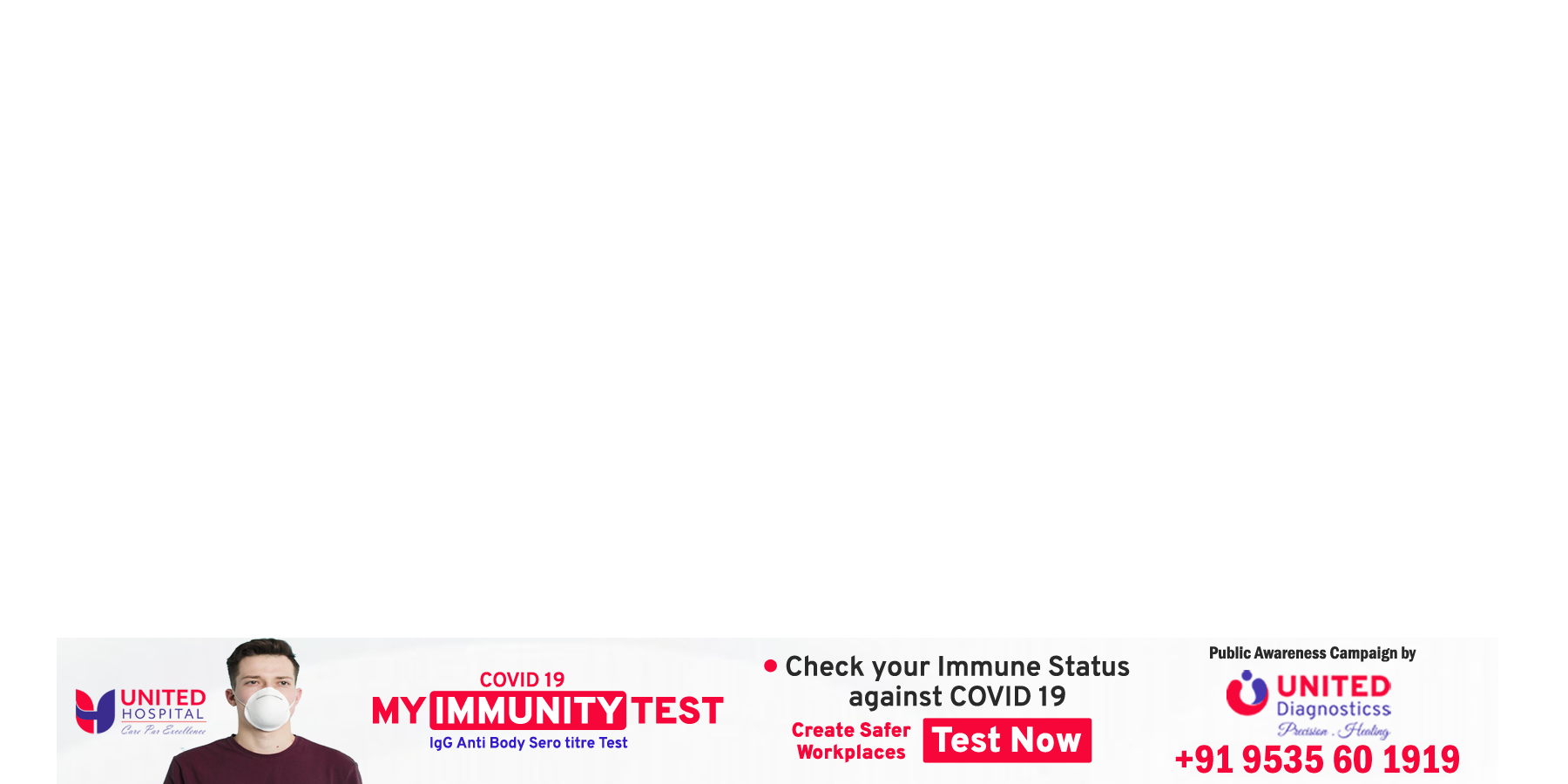Home Articles WHO issues new clinical advice on treating COVID-19 patients
HIGHLIGHTS
-
Amidst news that the global count of total coronavirus cases has surpassed 100 million on Wednesday (according to a Reuters tally), countries around the world are struggling with new virus variants and vaccine shortfalls.
-
Meanwhile, the World Health Organization (WHO) has issued fresh clinical advice on Tuesday for treating COVID-19 patients. The new and revised list includes advice on cases where patients are displaying persistent symptoms after recovery, and also said it advised using low-dose anticoagulants to prevent blood clots, WHO spokeswoman Margaret Harris told a UN briefing in Geneva.
Here are some points from the new advisory:
-
COVID-19 patients at home should have the use of pulse oximetry
-
Measuring the oxygen levels, care-givers at home can identify whether the patient is deteriorating and would be better off having hospital care
-
Clinicians should put patients into the awake prone position, on their front, shown to improve the oxygen flow. For hospitalized patients who are taking supplemental oxygen (including high-flow nasal oxygen) or non-invasive ventilation, WHO suggests positioning patients on their stomachs to increase oxygen flow (awake prone positioning).
-
WHO also recommends the use of low-dose anticoagulants to prevent blood clots forming in blood vessels
-
WHO says “use of lower doses rather than higher doses” because higher doses may lead to other problems.
-
Use of care bundles to systematize care provision for COVID-19 patients is recommended.
-
Doctors must favour clinical judgement over models in making decisions for the patient’s care.
The recommendations were made by an independent panel of experts, the Guideline Development Group, on the basis of detailed rapid reviews of all available evidence.
The WHO spokesperson added that a WHO-led team of independent experts, currently in the central Chinese city of Wuhan where the first human cases were detected in December 2019, is due to leave quarantine in the next two days to pursue its work with Chinese researchers on the virus origins.
Given the size of the populations of China and India, the WHO says the COVID-19 vaccination programmes in these two countries itself will stretch until late 2022.
Also, over 85 of the poorest countries will not have widespread access to vaccines before 2023, the latest WHO study showed.
Reuters also reported that a WHO-led team of independent experts, currently in the central Chinese city of Wuhan where the first human cases were detected in December 2019, is due to leave quarantine in the next two days to pursue its work with Chinese researchers on the virus origins.














